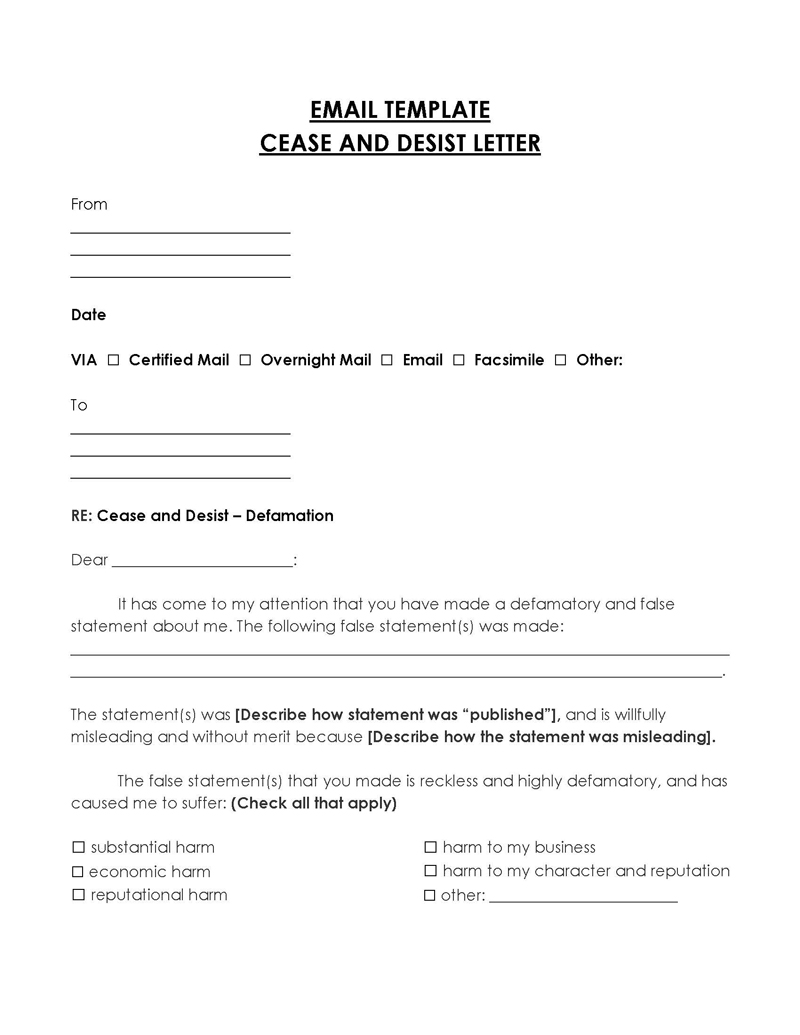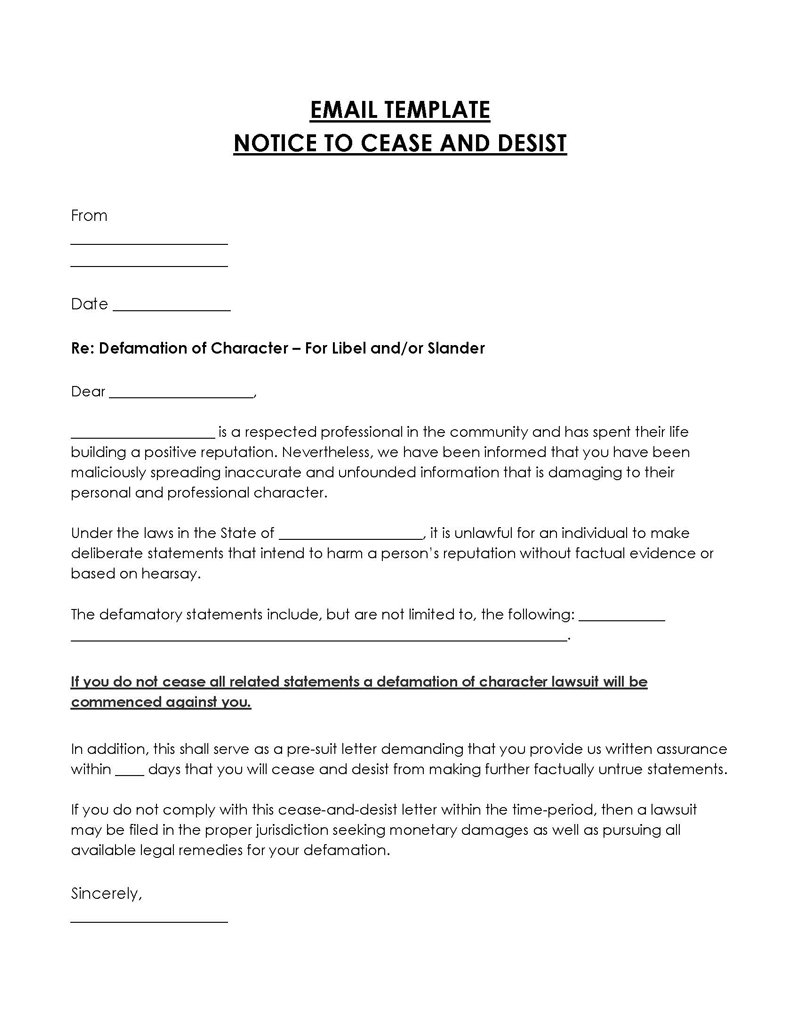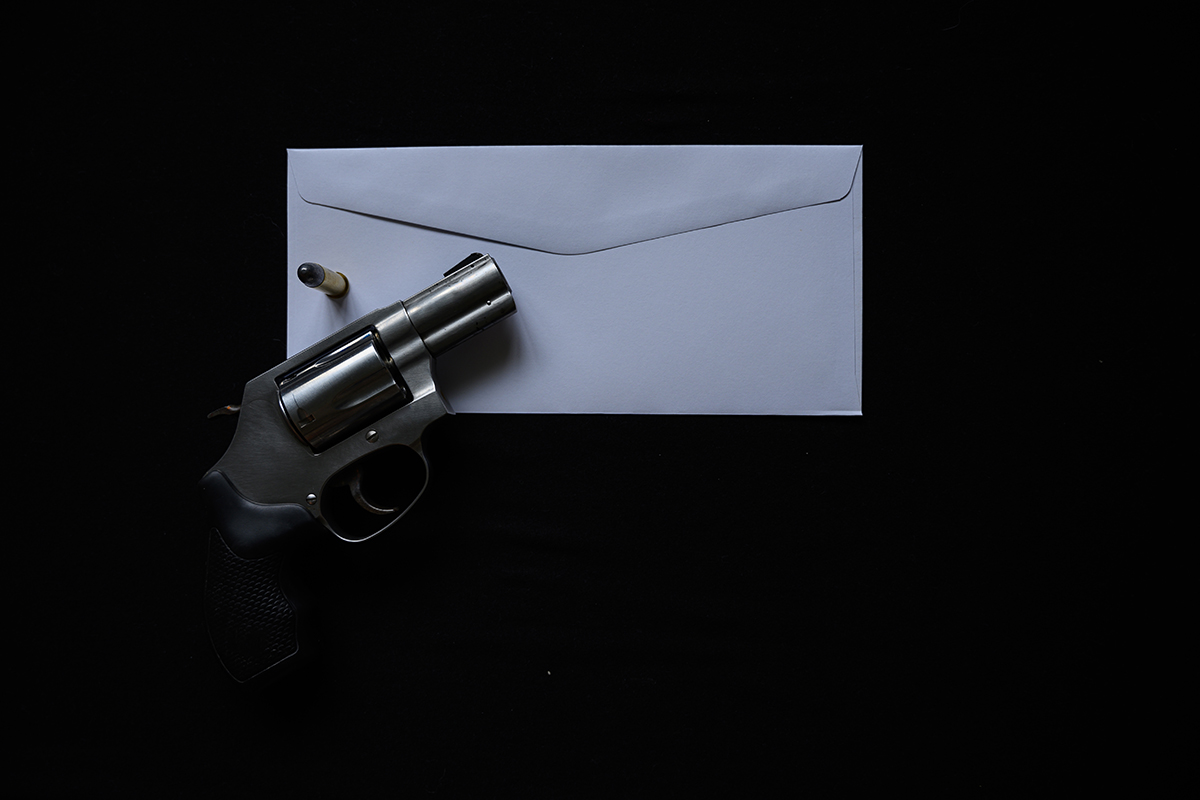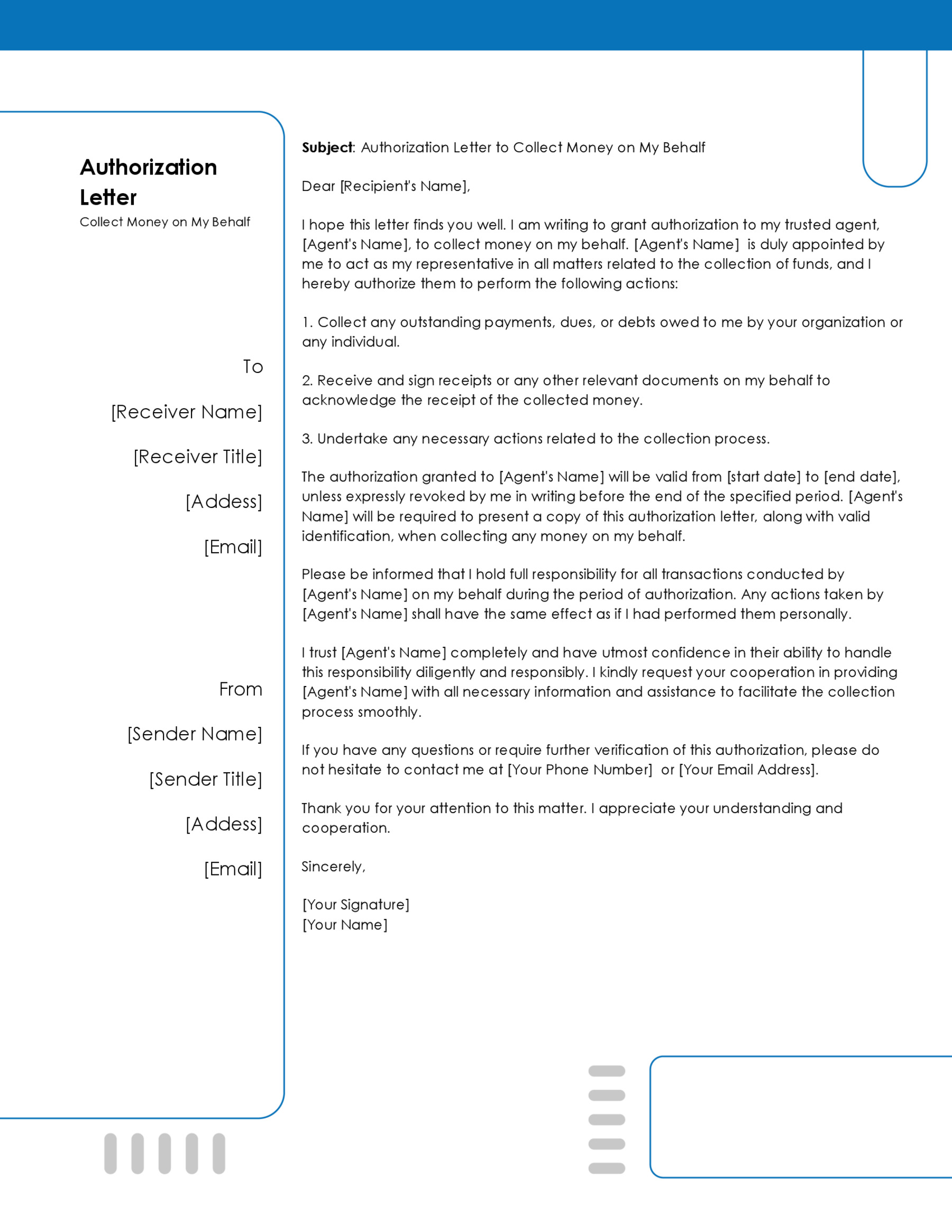A Defamation Cease and Desist Letter is a written notification that informs an individual or organization that is making false, malicious, or damaging claims about another party’s character or reputation.
The letter demands the recipient discontinue, retract its statements, or take action by a certain deadline set in the letter; otherwise, appropriate legal action may be taken by the harmed party. The cease and desist letter of defamation contains details about the offending party’s false statements and how the harmed party has been affected.
According to the Federal Definition (28 U.S. Code § 4101(1)), “the term ‘Defamation’ means any action or other proceeding for defamation, libel, slander, or similar claims alleging that forms of speech are false, have caused damage to reputation or emotional distress, have presented any person in a false light, or have resulted in criticism, dishonor, or condemnation of any person.”
Individuals and organizations that have been defamed should consider writing these letters. It will help the defamed parties put an immediate stop to defamatory statements made by offenders. The defamed parties can achieve this by demanding that the offender delete or retract the defamatory statements. The defamed parties can also avoid going to court, as offenders are notified that the statement is false and has caused damage to their reputations. Suppose the defamed party is forced to go to court, the defamation ceases, and a desist letter can be used as proof against the offender. It will help prove that the defamed party made a formal request to stop the defamatory statements.
Free Templates


Types of Defamation
Deformation statements can either be distinguished as per quod or se. Per quod is a statement the plaintiff can prove caused actual damage. In addition, the plaintiff must have evidence of the dangerous nature of the statements made.
EXAMPLE
If a company sells out a product but its customers return it and demand a refund after false statements are made,. In such a case, actual proof of damage can be provided.
Per-se is a damaging statement presumed to be harmful; however, a plaintiff cannot prove it caused actual damage. A per se statement can be categorized as an indication that a person was involved in criminal activity, behaved unethically while conducting business or in a professional capacity, had a ‘loathsome,’ contagious or infectious disease, or engaged in sexual misconduct.
How to File a Defamation Lawsuit
An individual or company that has been defamed must be aware of the procedures they can follow to file a defamation lawsuit. Understanding how to file a defamation lawsuit will ensure that all necessary information related to the false statement is found and secured. It will also ensure that measures are taken to prove the defamed party’s case before the courts.
The following is a step-by-step process for filing a defamation lawsuit:
Collect evidence of false statements
The defamed party should start by collecting all available evidence of the defamatory statement. Defamatory statements made via radio, television, or podcast can be recorded, or screenshots of the false statement can be taken. At the same time, a hyperlink can be submitted if defamation is made online. Using such methods to collect evidence of false statements ensures that the proof of the claims remains even when the offender attempts to take them down.
Show the inaccuracy of the statement
Secondly, the defamed party must prove that the statements made by the offer are false. In some cases, this can be as easy as obtaining public records that state otherwise. The defamed party can also find witnesses who will testify to the false nature of the statements.
Write the defamation cease and desist letter
Thirdly, the defamed party should write a cease and desist letter detailing the false statement made by the offender, damages caused by the false claims, and a demand for the offender to take specified actions. Depending on the false statement made and the circulation of the claims, the harmed party may demand the false statement be deleted, retracted, or an apology be issued.
Claim damages
Next, the harmed party should estimate the damages resulting from the false statement. It may not be easy to attribute a monetary value to false statements. However, evaluations of judgments from similar cases where plaintiffs were awarded sums can help the defamed party come up with a figure.
Prepare and file the lawsuit
Finally, the defamed party should prepare and file a lawsuit if the offender does not meet the demands made in the letter. The defamed party should leave this part of the process to an attorney. The evidence of the false statements should be provided to the attorney. Depending on the defamed party’s state of residence, a notice period when the defendant must be informed of the official filing with the district court may be required.
How to Draft a Defamation Cease and Desist Letter
Being a formal letter, this letter is written in a specific format. The individual or organization composing defamation cease and desist letters should follow a well-outlined step-by-step process. The process will help ensure that defamed parties convey their message appropriately. Understating how to write this letter also ensures that detailed information is provided by the defamed party.
The following is a step-by-step process on how to write a defamation cease and desist letter:
Add date
First, the writer should indicate a date. The date ensures information on when the letter was written is provided. The writer of the letter should ensure that the data is written in full.
EXAMPLE
September 4, 2020
Include the sender’s and recipient’s details
The sender and recipient’s names and addresses should be indicated in the letter. The sender and recipient’s details will provide information on who wrote the letter and who the letter is for.
EXAMPLE
From:
James Smith
562 Main St.,
Anytown, CA79808
To:
Liam Wells
Brighton Publishing,
432 Lombard St.,
San Francisco, CA 67689
Include the addressee’s details
The recipient’s name must then be indicated in the salutation of the letter. The addressee’s details ensure that the letter is direct in addressing the recipient. A proper salutation should accompany the addressee’s name.
EXAMPLE
Dear Mr. Liam,
Write the name of the state
The introductory section of the letter should contain the name of the state where the harmed party resides. Mentioning the name of the state will provide information on which state laws apply. It will also inform the recipient of where a lawsuit is likely to be filed if no action is taken to rectify the false statements.
EXAMPLE
It has been brought to my attention that you have made a false and defamatory statement against me. According to the State Laws of San Francisco, it is unlawful to deliberately make false claims that can intentionally harm the reputation of an individual or organization.
Include the false claims or statements
The second section should contain the false claims or statements made against the harmed party. The harmed party should ensure that the false claims or statements are direct quotes of what was said or said. The specificity of this information ensures that the recipient knows which statements were false or damaging.
EXAMPLE
The statements made include the following: ‘Mr. Smith was involved with the suspect, Mark Waves, for years. He may have information about the crime. There is also a possibility that he is a conspirator.’
Include the communication method used for slander
The method used by the offending party to convey the false statement should be included in the second section of the defamatory cease and desist letter. The writer /defamed party may indicate whether the statements were published online, in a newspaper, or told to a third party.
EXAMPLE
The statements made are false and have no factual basis. They are a result of hearsay. The publication of these statements in the ‘San Francisco Daily’ ensured that the false claims were spread to its wide readership. The spread of such a false statement is damaging to my reputation.
Highlight the damages
The next section of the letter should highlight the damages caused to the defamed party. The letter could cause damage to the defamed party’s reputation, emotions, or finances, among others. Highlighting the damages ensures that information on how the false statements have affected the defamed party is provided.
EXAMPLE
The false statements have not only injured my reputation, but they have also affected my employment. Due to the false statements, my employer has decided to put me on a two-month suspension pending investigations into the false claims.
State your demands
The final section of the letter should contain the demands of the defamed party. The demands should be specific to ensure that clarity is provided as to what actions the defamed party expects the offender to take to remedy the situation. The defamed party can state that the statement should be deleted and an apology issued.
EXAMPLE
I, therefore, demand that you issue an apology on the same page where the false statement was made. I would also like a letter explaining the situation sent to my employer.
Give a deadline to reply
The final section should also include a deadline for when the recipient is expected to have met the demands. The writer/harmed party should also include actions that may be taken should there be no reply from the recipient. Giving a deadline to replay ensures that recipients are aware of the limited time that has been provided for their response to the letter.
EXAMPLE
The actions I have stipulated should be done within the next 10 days. If you don’t comply, I will take the issue to court. This action may lead me to demand monetary compensation for the harm caused by your false stalemates.
Add signature
The defamation cease and desist letter should end with the signature and name of the writer/defamed party. An appropriate word should accompany the signature. A signature will indicate that the letter has been concluded.
EXAMPLE
Sincerely
(Sender’s signature)
James Smith
Defamation State Laws
Different defamation laws may apply to an individual’s or organization’s lawsuit against an offender. When filing a defamation lawsuit, defamed individuals or organizations should check what is stipulated in their state laws. A state’s laws will help guide the actions taken by any defamed party. Therefore, the defamed party should ensure that they apply the laws as stipulated by the state.
- AL – § 13A-11-163
- MT – § 45-8-212, § 27-1-802 & 27-1-803
- AK – AS 21.36.070
- AZ – ARS 20-445
- NE – RS Ch. 25 § 208, 839, 840 & 840.01
- AR – 660 S.W.2d 933
- NV – NRS 200.510(1), 57 P.3d 82
- NH – RSA 644:1 & 507-A, 106 N.H. 26
- CA – CIV 46
- NJ – 116 N.J. 739
- CO – 882 P.2d 1293
- NM –§ 30-11-1 & 41-7-1 7 – 41-7-6
- CT – DeVito v. Schwartz et al.
- NY – CVR § 74 – 78, 75 N.E.2d 257
- DE – 261 A.2d 529
- NC – GS § 99-1 – 99-5, 442 S.E.2d 572
- FL – § 836.04, 997 So.2d 1098
- ND – § 12.1-15-01 & § 14-02-01 – 14-02-11
- GA – § 51-5-1, 573 S.E.2d 376
- HI – 962 P.2d 353
- OH – § 2739.01 – 2739.99, Murray v. Knight-Ridder, Inc.
- ID – § 18-4801, 943 F. Supp. 2d 1125
- IL – 34 N.E.3d 549
- OK – § 21-771 – 21-781, § 12-1441 & 12-1442
- IN – 750 N.E.2d 433
- OR – § 31.200 – 31.230, 244 Or. 267
- IA – 380 F. Supp. 2d 1002, 512 N.W.2d 777
- PA – § 8343, 544 Pa. 117
- RI – 555 A.2d 321
- SC – SC Code § 16-7-150, 271 S.C. 276
- KS – § 21-6103, § 40-2404(3)
- SD – SDCL § 20-11-3 & 20-11-4
- TN – 172 S.W.2d 13, 83 S.W.3d 125
- KY – § 432.280, 151 S.W.3d 781
- TX – § 59.002, § 119.201, § 122.251
- LA – RS 14:47
- UT – § 76-9-404, § 45-2-2
- ME – 672 A.2d 82
- VT – Cooper v. Myer
- VA – § 18.2-417, § 8.01-247.1
- WA – 225 P.3d 339
- MD – 935 A.2d 719
- WV – WVC § 57-2-4 & 21-3E-13
- WI – § 942.01, Defamation Law of Wisconsin
- WY – WS § 1-29-101 – 1-29-106
- MA – MGL c.272 § 98C & c.176D § 3(3)
- MI – MCL § 600.2911 & 750.370
- MN – MS 609.765, 766 N.W.2d 910
- MS – § 97-3-55 & 97-3-57, § 95 Ch. 1
- MO – MO Rev Stat § 537.110 & 509.210
Defamation Cease And Desist Template
[Your Full Name]
[Your Address]
[City, State, Zip Code]
[Email Address]
[Phone Number]
[Date]
[Recipient’s Full Name]
[Recipient’s Address]
[City, State, Zip Code]
Dear [Recipient’s Name],
I am writing to you in my capacity as [Your Position/Relation to the Subject Matter], regarding statements you have made about me, which I believe to be both libelous and slanderous.
On [Date(s)], you made the following statements: [Detail the specific statements or publications, including where and to whom they were made]. These statements are defamatory because [explain why the statements are false and defamatory].
Your statements have caused, and continue to cause, significant harm to my reputation and standing in the community. Additionally, these remarks have caused me emotional distress and have negatively impacted my professional relationships and opportunities.
In the United States, defamation law generally covers false statements that harm someone’s reputation. Libel refers to written defamation, while slander refers to spoken defamation. If these defamatory statements continue, I will be forced to take legal action to protect my reputation.
I demand that you immediately cease and desist from making any further defamatory statements about me. I also demand a public retraction and apology for the statements made thus far, to be issued in a manner comparable to the way in which the original statements were disseminated.
Should you fail to comply with these demands, I will consider taking all available legal actions to protect my reputation, including but not limited to filing a lawsuit for defamation. In such legal proceedings, I will seek all available damages, legal fees, and any other remedies provided by law.
This letter is not an exhaustive statement of my rights or of the facts, and I reserve the right to take any further action I deem necessary and appropriate.
Please understand that this letter is a serious demand for immediate action. The allegations made against me are unfounded and have caused significant damage to my personal and professional life. I expect a written response from you by [specific date, typically 10-15 days from the date of the letter] confirming that you will comply with my demands.
Sincerely,
[Your Full Name]
[Your Signature if sending a hard copy]
Defamation Cease And Desist Sample
Dear Ms. Smith,
I am writing to you concerning certain statements you have made about me, which have come to my attention and necessitate a formal response. Specifically, these are the allegations you made at the Anytown Community Meeting on December 15, 20xx, and on your social media page on January 10, 20xx. These statements, which accuse me of criminal activities and unethical business practices, are baseless and have caused significant harm to my reputation.
As a resident of California, I wish to draw your attention to California Civil Code Section 44, which defines defamation as an intentional act of communication that causes harm to another person’s reputation. This includes both libel (written defamation) and slander (spoken defamation). The continuation of such defamatory statements compels me to consider legal action to protect my reputation and seek remedies under California law.
The repercussions of your statements have been substantial. I have faced unwarranted scrutiny in our community and suffered emotional distress. Additionally, these false allegations have begun to negatively impact my professional relationships and opportunities.
Therefore, I demand an immediate cessation of any further defamatory statements about me. Additionally, I request a public retraction and apology for your previous statements, to be disseminated to the same audience as the original statements.
This letter serves as a formal notice. Failure to comply with these demands will leave me no choice but to initiate legal proceedings against you. In such a case, I will pursue all available legal remedies, including seeking monetary damages and legal costs.
I expect a written response from you by February 10, 20xx, acknowledging receipt of this letter and confirming your compliance with my demands.
This letter is not a comprehensive statement of my rights, nor does it constitute a waiver of any rights and remedies in this matter or any related issues. I reserve the right to take any further action I deem necessary.
Yours sincerely,
John Doe
[Signature for hard copy]
Frequently Asked Questions
Defamation cease and desist letter is not legally enforceable. It simply acts as a warning to the offender that legal action will be taken if nothing is done to remedy the defamation. It can help the defamed party avoid going to court, which can be expensive and time-consuming.
If the offender ignores the letter, then the defamed party can file a lawsuit. The defamed party should be sure to consult a lawyer before taking this action. The lawyer will help present the case before the court and incorporate the state laws when filing the lawsuit.
Libel is a type of defamatory statement made in writing, such as in newspapers, tabloids, and magazines, among other platforms. On the other hand, slander is a type of defamatory statement that is oral or made verbally, such as online, television, radio, or any public venue.








